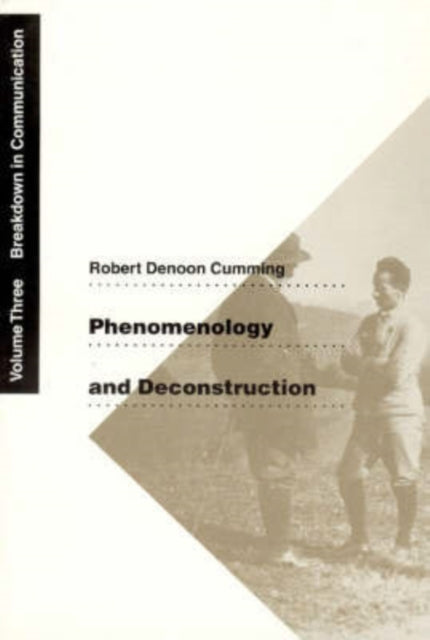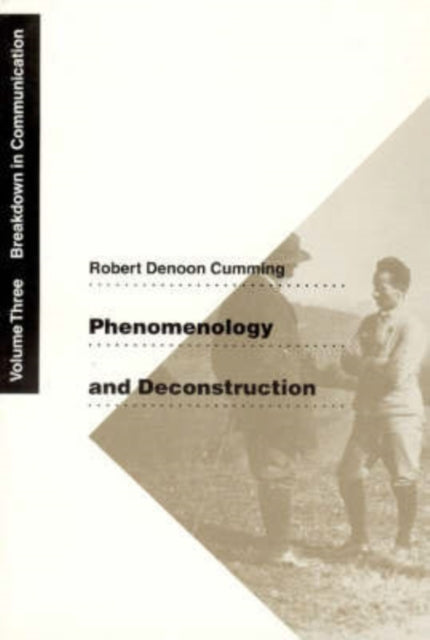Philosophy
1
/
of
1
Phenomenology And Deconstruction Vol. 3
Phenomenology And Deconstruction Vol. 3
Robert Denoon Cumming
ISBN: 9780226123714
Format: Paperback
Publisher:
Low stock
Regular price
RM197.90
Regular price
Sale price
RM197.90
Quantity
Couldn't load pickup availability
Author: Cumming, Robert Denoon
ISBN: 9780226123714
Format: Paperback
Publisher: University of Chicago
Philosophers are committed to objective understanding, but the history of philosophy demonstrates how frequently one philosopher misunderstands another. The most notorious such breakdown in communication in twentieth-century philosophy was between Husserl and Heidegger. In the third volume of his history of the phenomenological
movement, Robert Denoon Cumming argues that their differences involve differences in method; whereas Husserl follows a method of clarification, with which he eliminates ambiguities by relying on an intentional analysis that isolates its objects, Heidegger rejects the criterion of clarity and embraces ambiguities as exhibiting overlapping relations. Cumming also explores the differences between how deconstruction--Heidegger's procedure for dealing with other philosophers--is carried out when Heidegger interprets Husserl versus when Derrida interprets Husserl. The comparison enables Cumming to show how deconstruction is associated with Heidegger's arrival at the end of philosophy, paving the way for the deconstructionist movement.
View full details
ISBN: 9780226123714
Format: Paperback
Publisher: University of Chicago
Philosophers are committed to objective understanding, but the history of philosophy demonstrates how frequently one philosopher misunderstands another. The most notorious such breakdown in communication in twentieth-century philosophy was between Husserl and Heidegger. In the third volume of his history of the phenomenological
movement, Robert Denoon Cumming argues that their differences involve differences in method; whereas Husserl follows a method of clarification, with which he eliminates ambiguities by relying on an intentional analysis that isolates its objects, Heidegger rejects the criterion of clarity and embraces ambiguities as exhibiting overlapping relations. Cumming also explores the differences between how deconstruction--Heidegger's procedure for dealing with other philosophers--is carried out when Heidegger interprets Husserl versus when Derrida interprets Husserl. The comparison enables Cumming to show how deconstruction is associated with Heidegger's arrival at the end of philosophy, paving the way for the deconstructionist movement.


